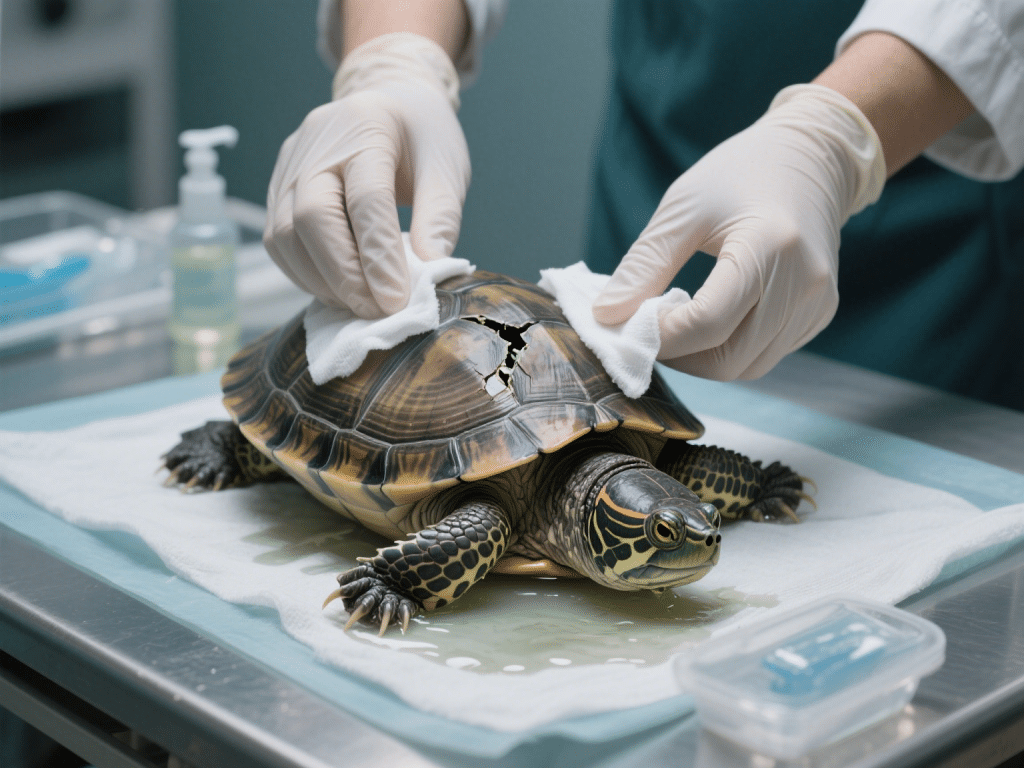
Territory Talk: How Cats Mark and Maintain Their Domain
As a veteran feline behavior columnist, I’ve learned that a cat’s world is defined les...
Protecting your dog from preventable diseases is a cornerstone of responsible pet ownership. Vaccinations prime your dog’s immune system to fight infections, but navigating the schedule can be confusing. Here’s a science-backed breakdown:
Core Vaccines (Recommended for ALL dogs):
Rabies: Legally required in most regions. First dose at 12-16 weeks, booster at 1 year, then every 1-3 years.
Distemper, Parvovirus & Adenovirus (DHPP): Administered in a combination shot. Initial series starts at 6-8 weeks, with boosters every 2-4 weeks until 16 weeks. Boostered at 1 year, then every 3 years.
Leptospirosis (Increasingly considered core): Protects against bacteria in water/soil. Requires annual boostering.
Non-Core Vaccines (Based on lifestyle/risk):
Bordetella (Kennel Cough): Essential for boarding, daycare, or social dogs. Boosters every 6-12 months.
Lyme Disease: Recommended in tick-endemic areas. Annual booster.
Canine Influenza: Advised for dogs in high-contact environments. Annual booster.
Puppies (6-16 weeks):
Start DHPP at 6-8 weeks; repeat every 3-4 weeks until 16 weeks old.
Rabies vaccine at 12-16 weeks.
Leptospirosis & Bordetella as early as 8 weeks (2 doses, 3-4 weeks apart).
Adult Dogs (1-10 years):
DHPP booster 1 year after puppy series, then every 3 years.
Rabies booster 1 year after initial dose, then per local laws (1-3 years).
Annual: Leptospirosis, Bordetella, Lyme, Influenza (if applicable).
Senior Dogs (10+ years):
Continue core boosters (Rabies/DHPP) per veterinary advice.
Assess necessity of non-core vaccines based on health/activity level.
Vet Consultation is Key: Regional disease prevalence, breed sensitivities (e.g., Ivermectin-sensitive breeds), and health status (e.g., immunosuppressed dogs) alter protocols.
Titer Testing: For core vaccines, blood tests can measure immunity levels to avoid over-vaccination.
Adverse Reactions: Monitor for lethargy, swelling, or vomiting post-vaccination. Report severe reactions immediately.
Legal Compliance: Rabies vaccination records must be current for travel, licensing, and emergencies.
Keep Records: Use apps like PetDesk or a physical folder. Include date, vaccine type, brand, and lot number.
Travel Requirements: International travel (e.g., EU Pet Passport) may mandate specific vaccines 21+ days pre-trip.
Shelters/Boarding Facilities: Update Bordetella & Canine Influenza 1-2 weeks before admission.
Vaccines are medical interventions – never adopt a one-size-fits-all approach. Partner with your veterinarian to design a schedule tailored to your dog’s environment, age, and health. Consistent prevention ensures your companion enjoys a vibrant, disease-free life.

As a veteran feline behavior columnist, I’ve learned that a cat’s world is defined les...

Purring is one of the most iconic feline behaviors, often synonymous with relaxation and h...

Even the most vigilant turtle keeper may encounter sudden injuries, shell damage, or envir...

As a veterinary nutritionist specializing in feline diets, I’ve guided many cat guardian...

Indoor dogs often suffer from boredom, leading to destructive behaviors like chewing, bark...

IntroductionWelcoming a new baby is a joyous time—but it can also be stressful for dogs....
Comments on "Your Dog’s Vaccination Schedule: What You Need to Know" :